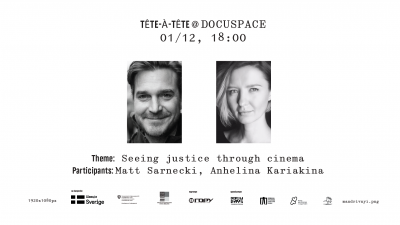
broadcast recording
As the Western World struggled to understand the unprecedented atrocities of the Russian army in Ukraine, European citizens joined forces to welcome nearly 8 million refugees fleeing the country. What happened to those who stayed or who returned home? Can home even be called ‘home’ under the circumstances? Filmmakers Piotr Pawlus and Tomasz Wolski embark on a challenging mission to show, rather than tell, what is going on in the shelled-out cities and burned villages.
Tomasz Wolski, Piotr Pawlus
Anna Gawlita, Arek Gielnik (co-producer)
Piotr Pawlus
Igor Kazmirchuk
Tomasz Wolski
Kijora Film in co-prodution with Indi Film